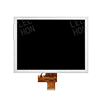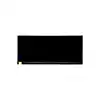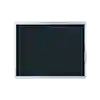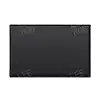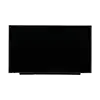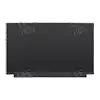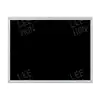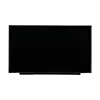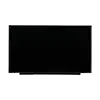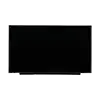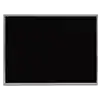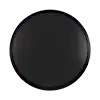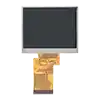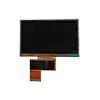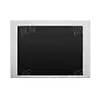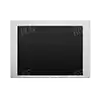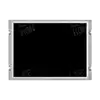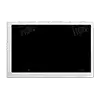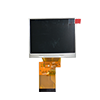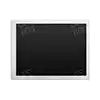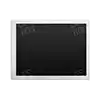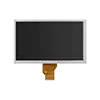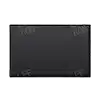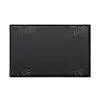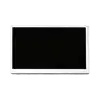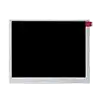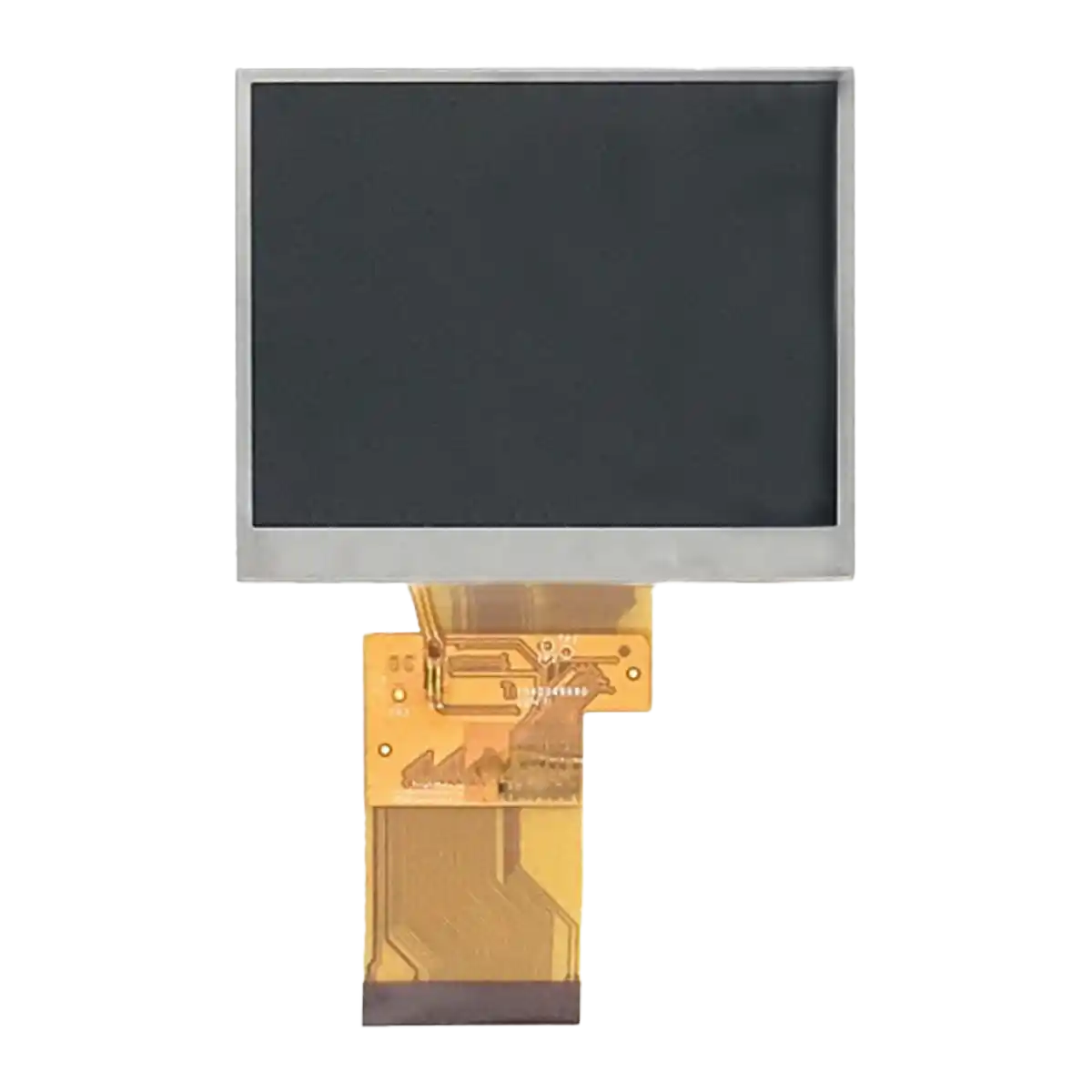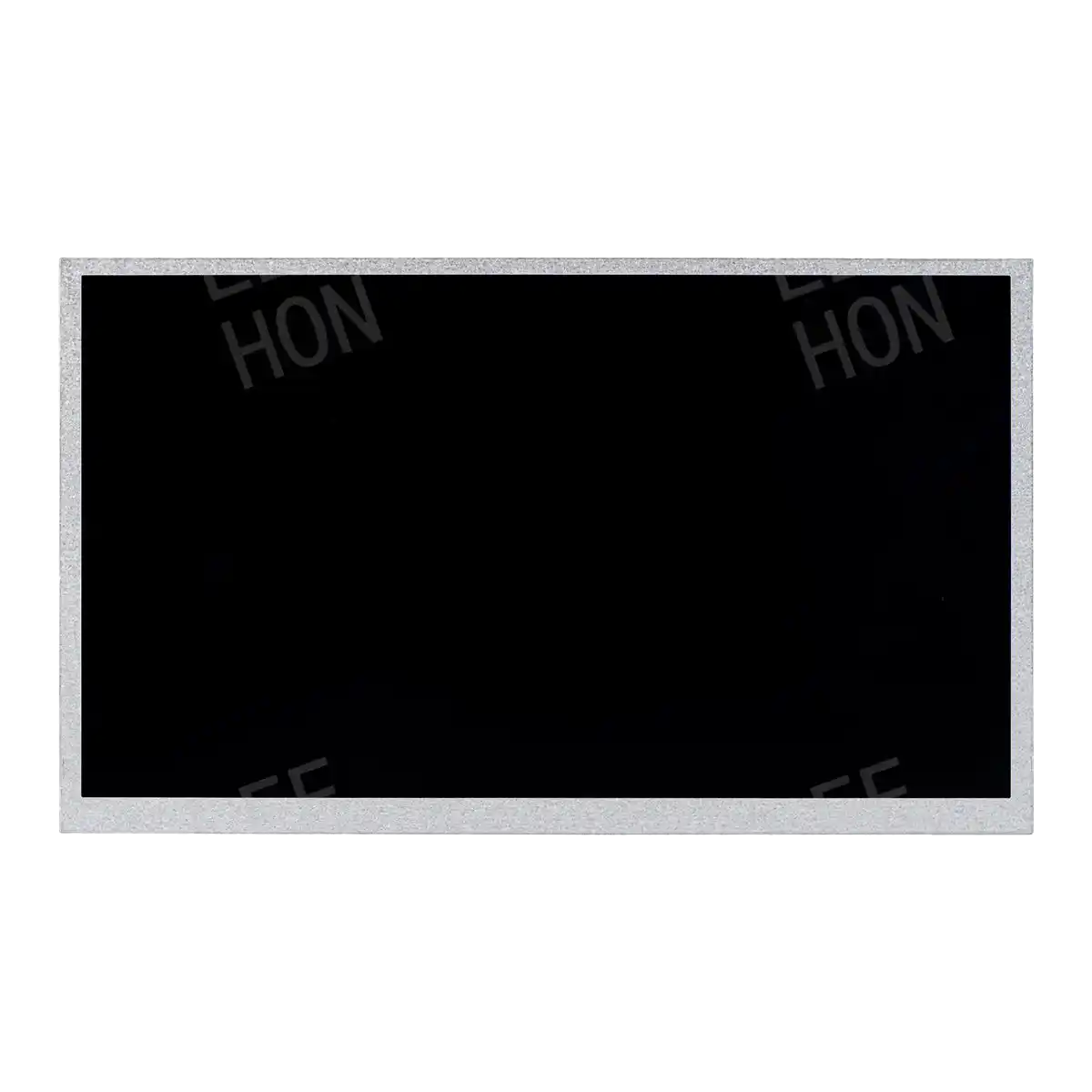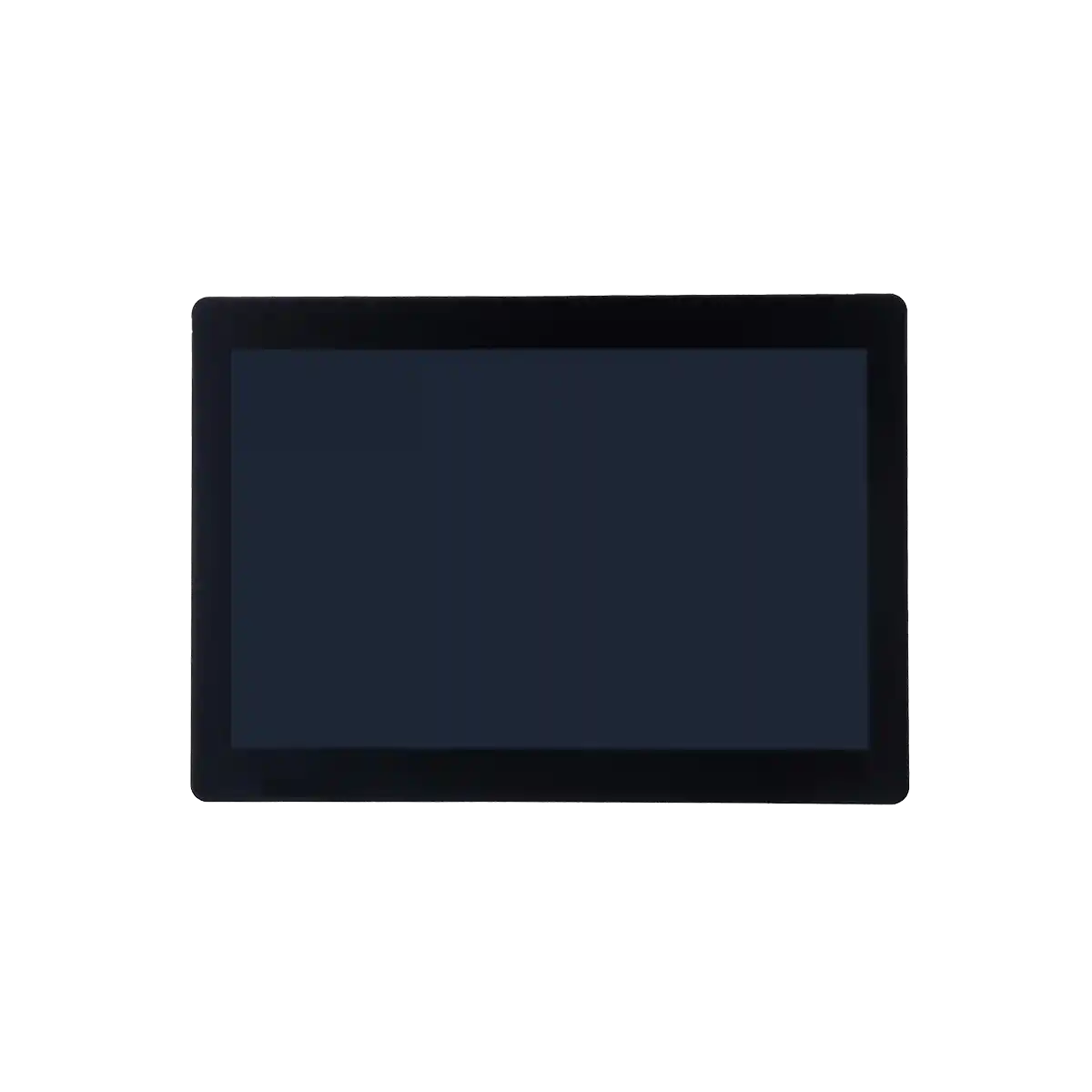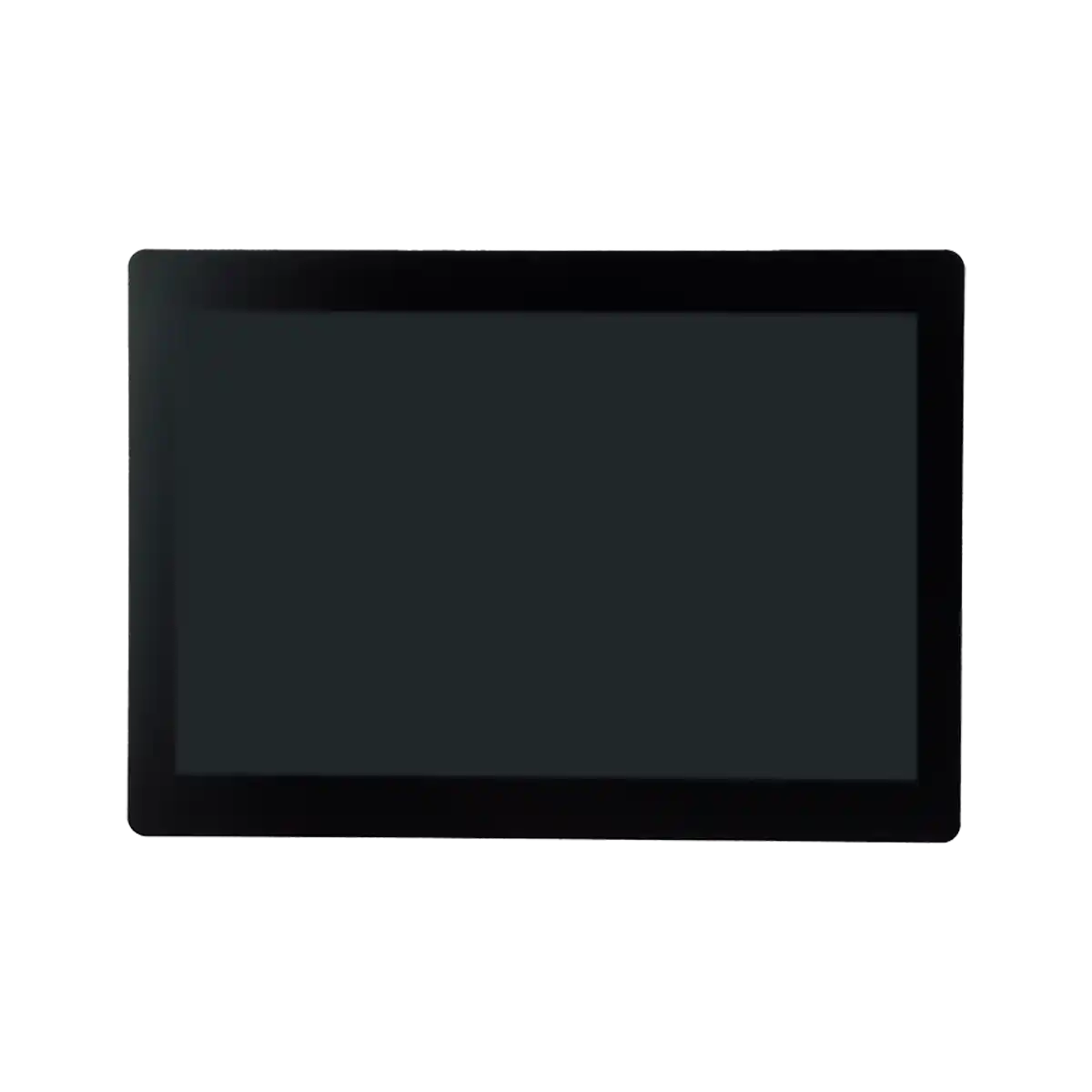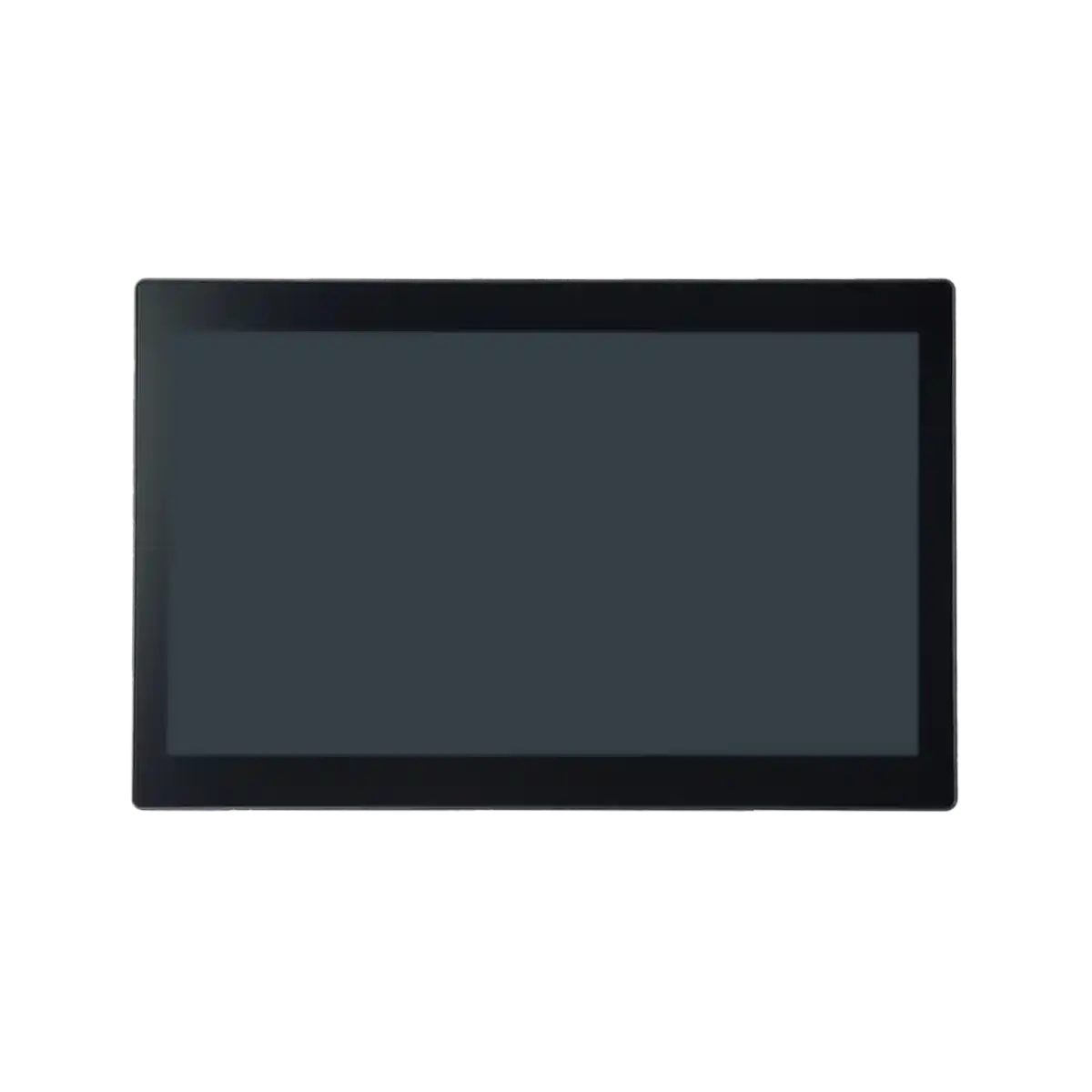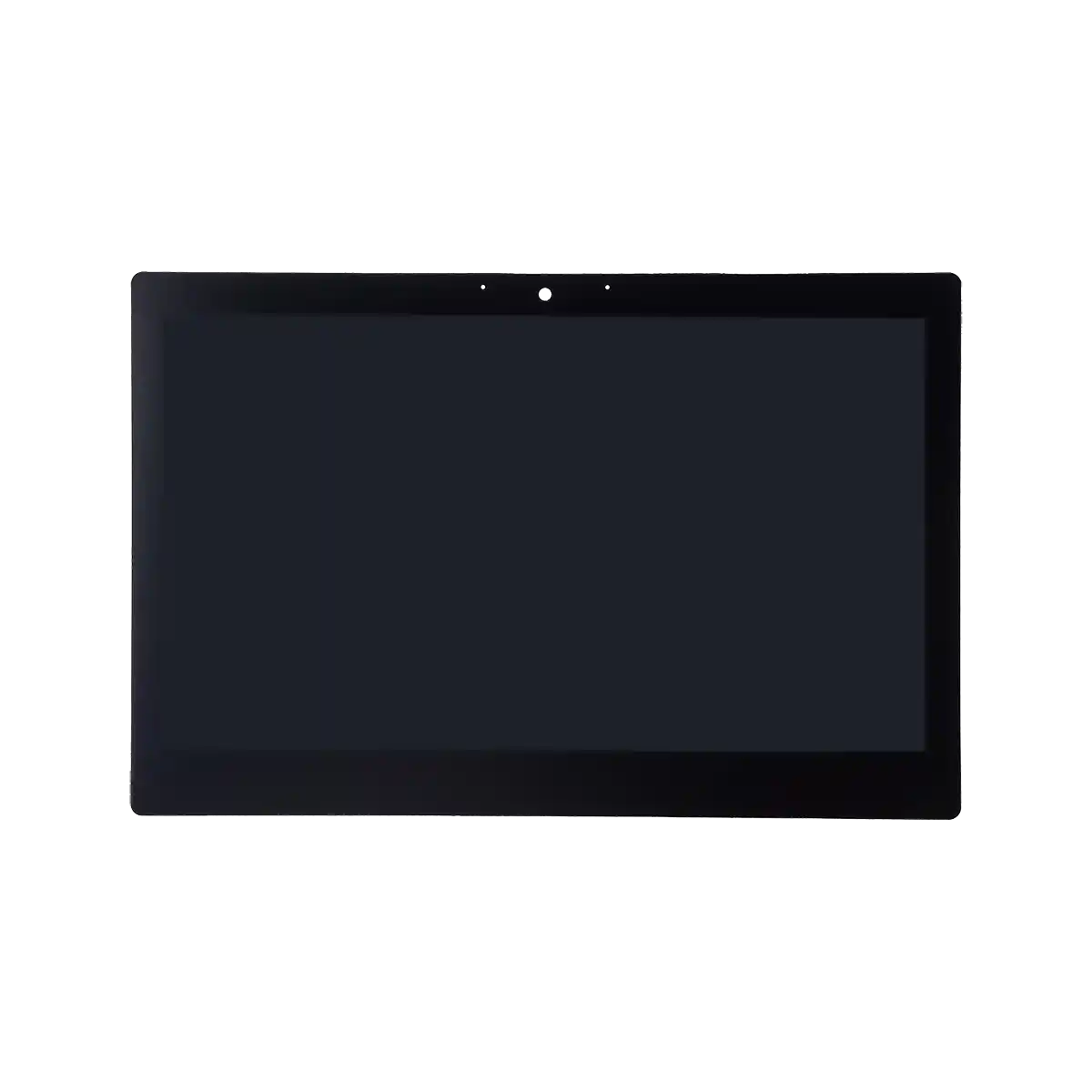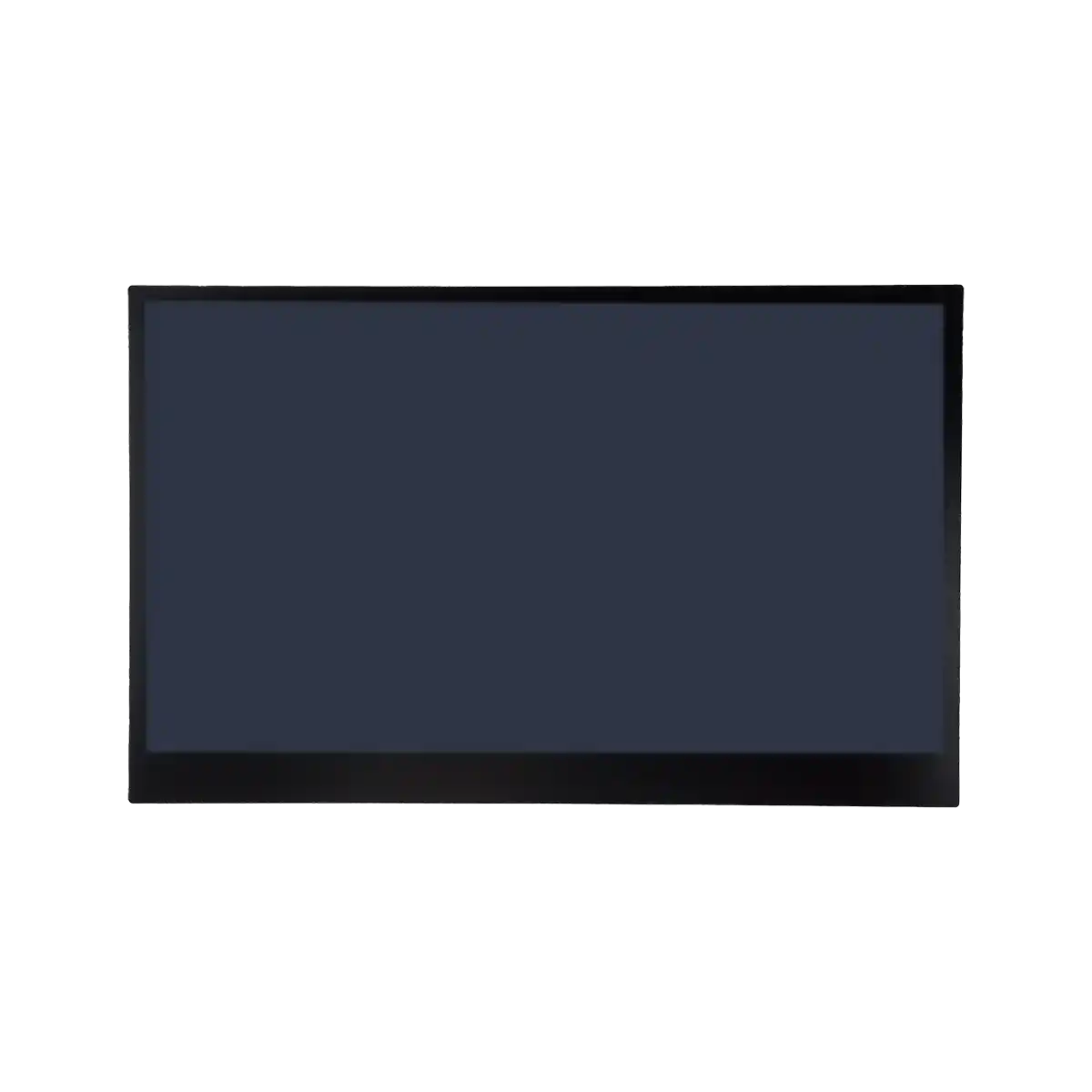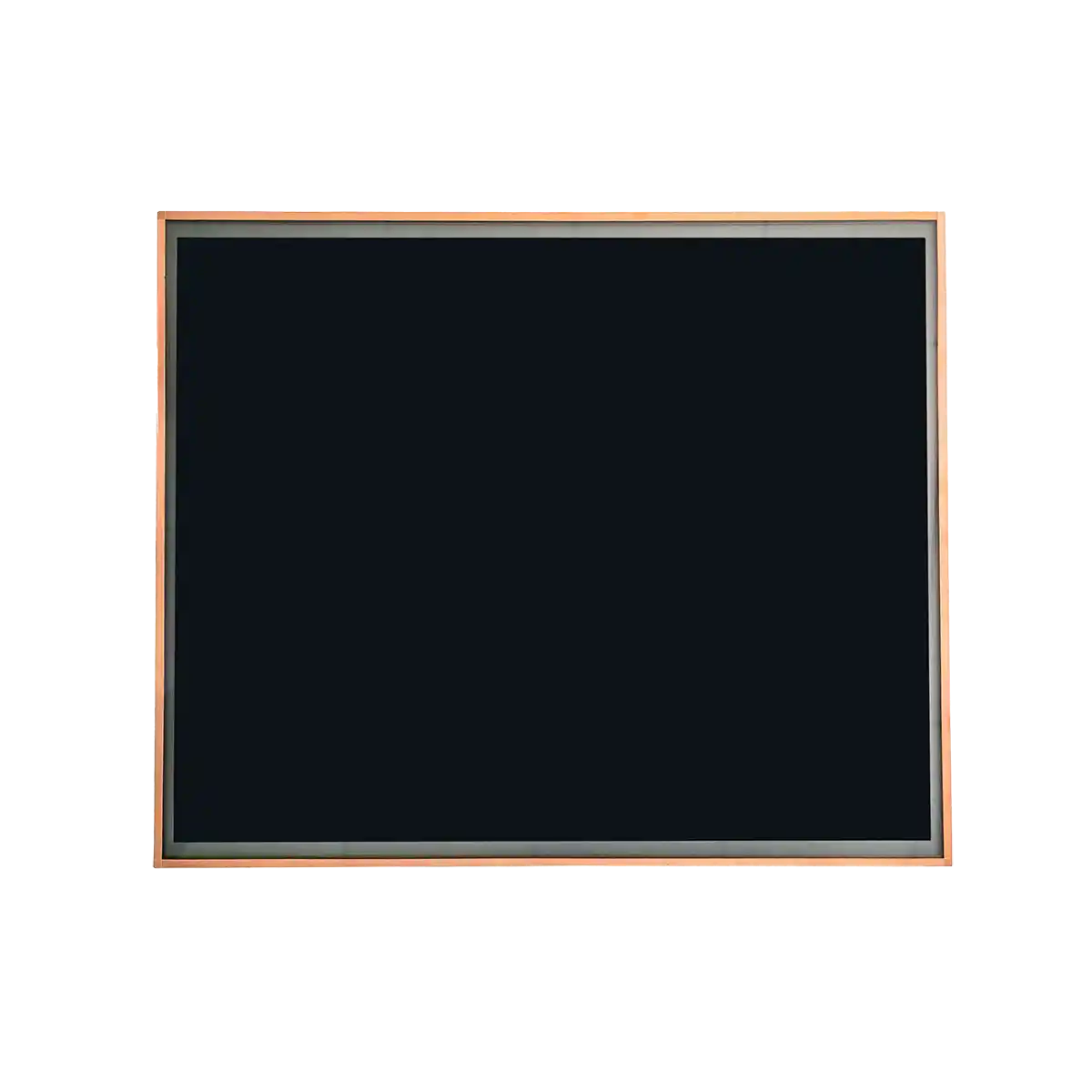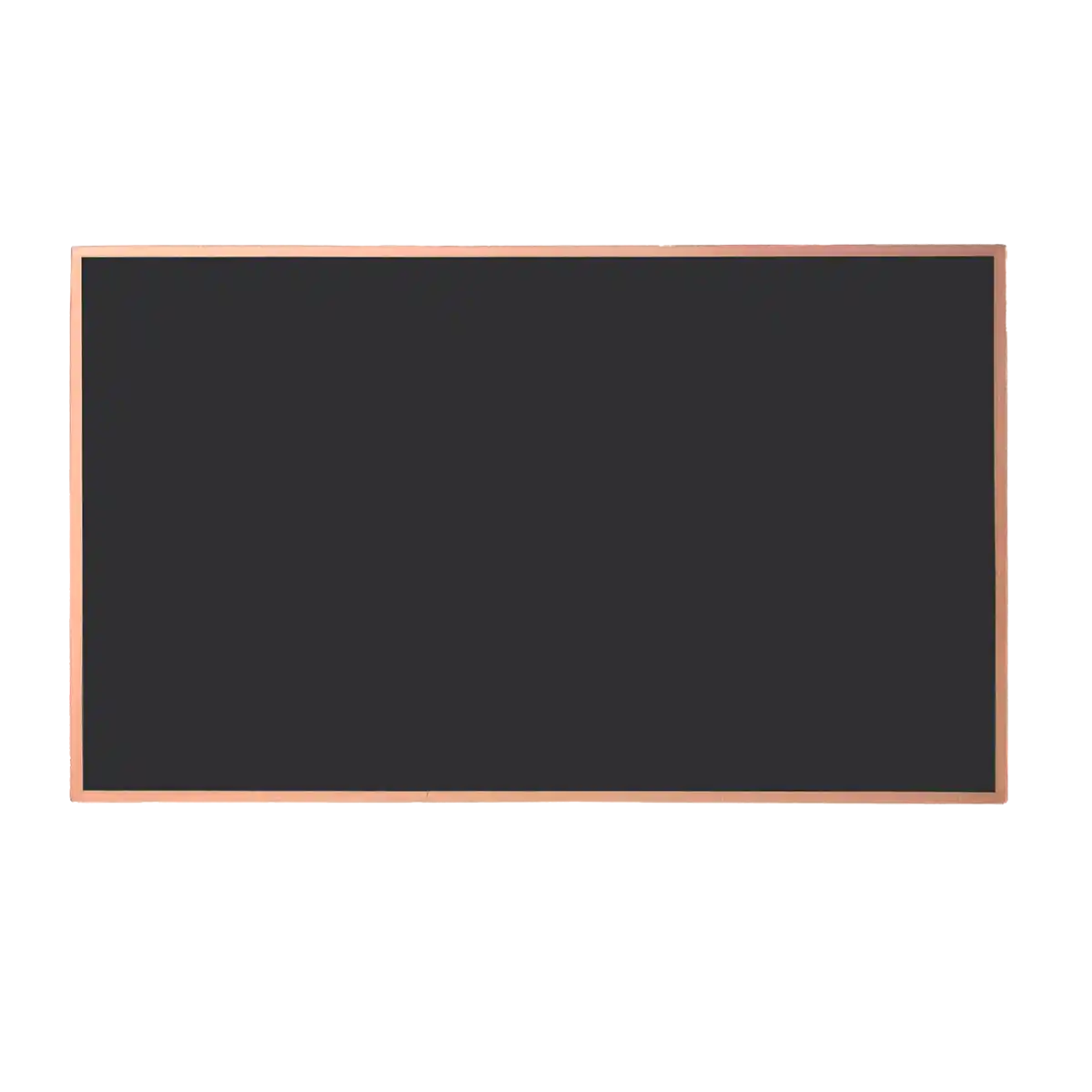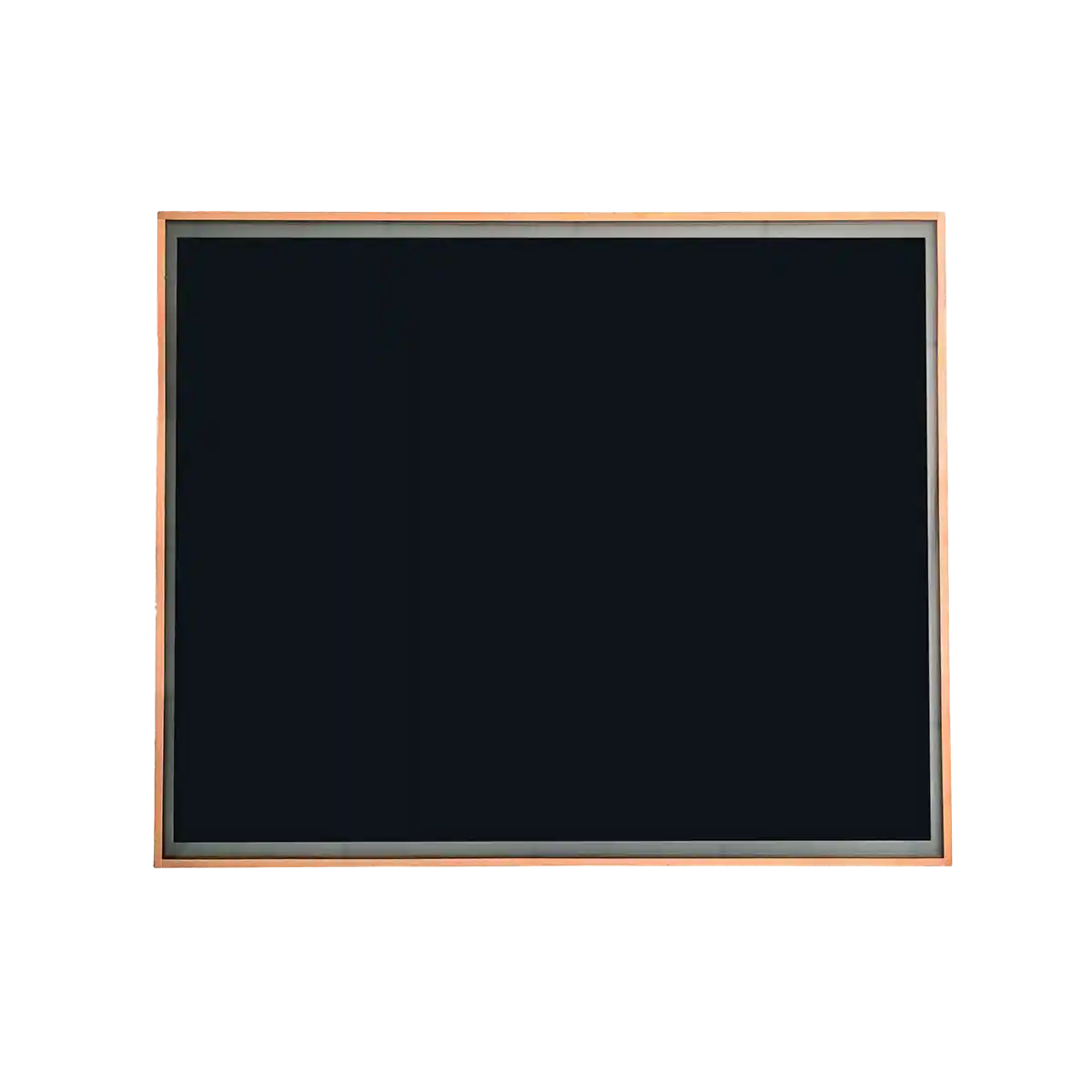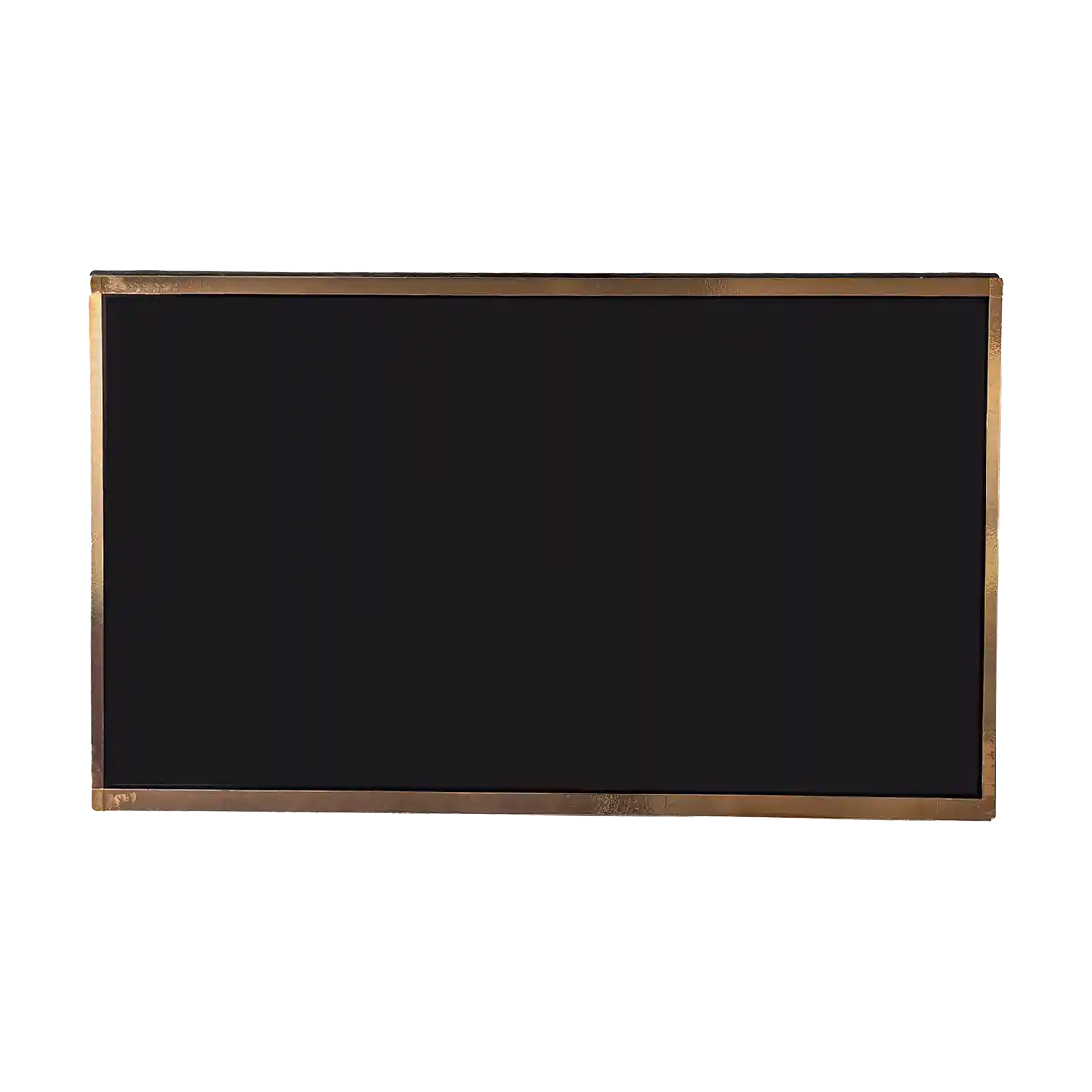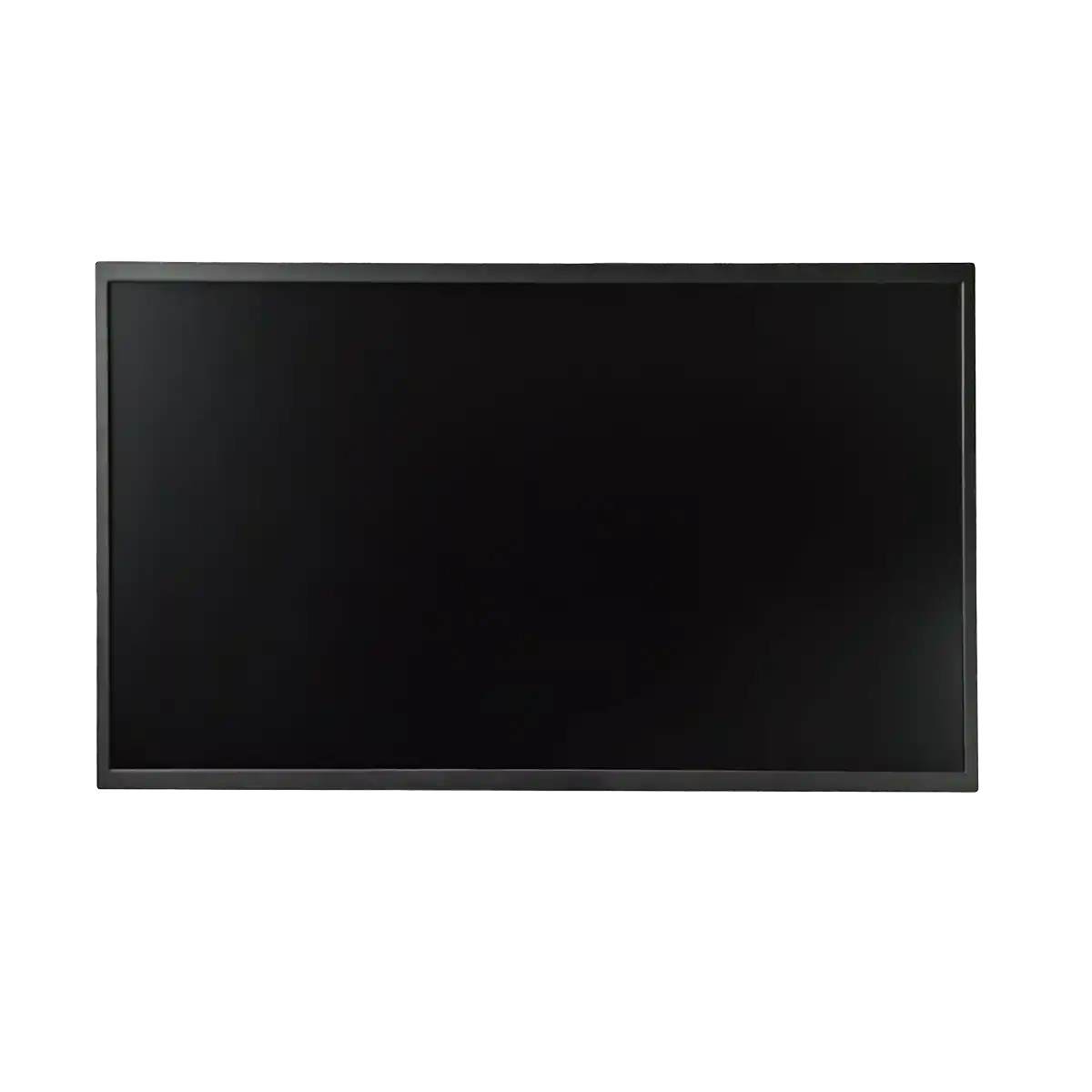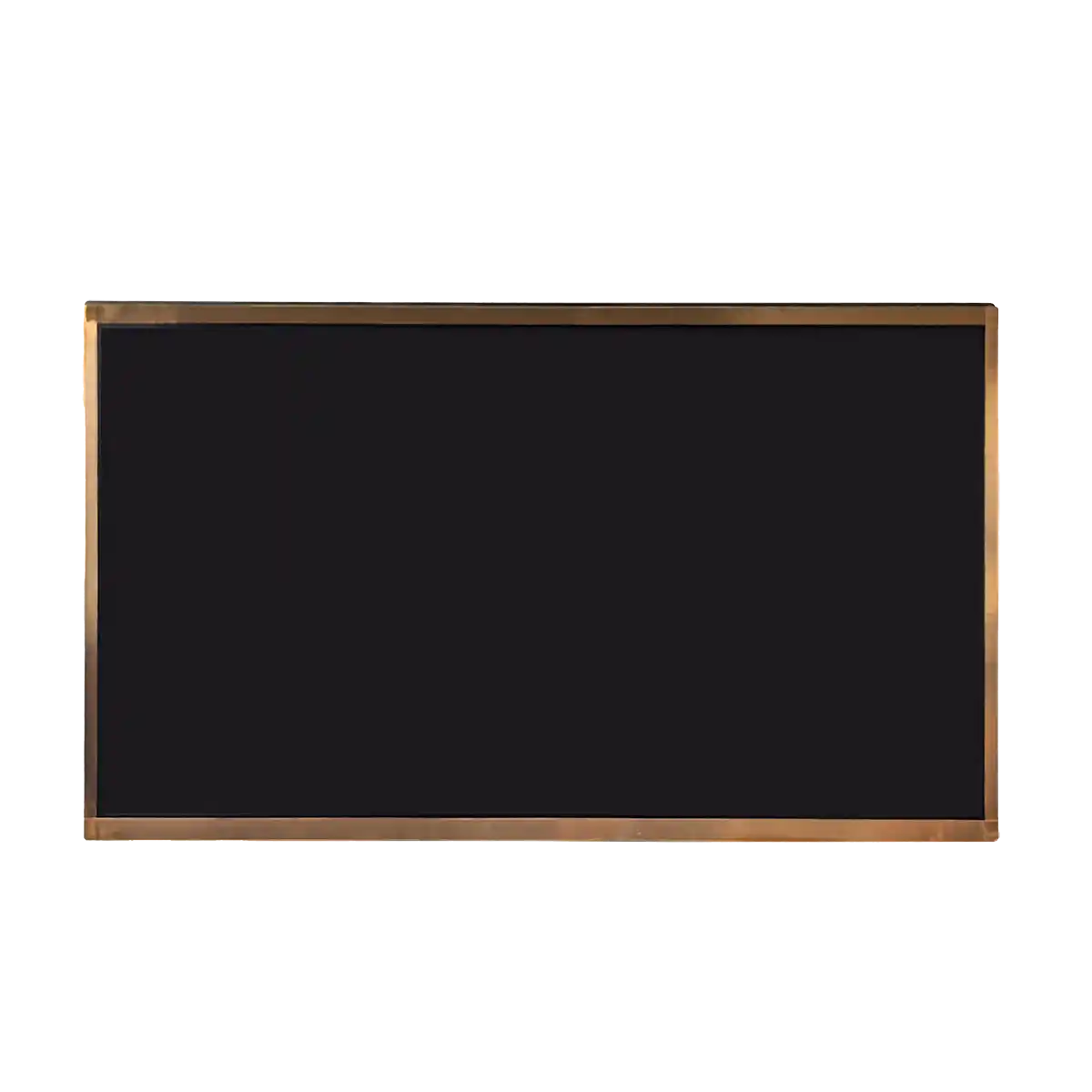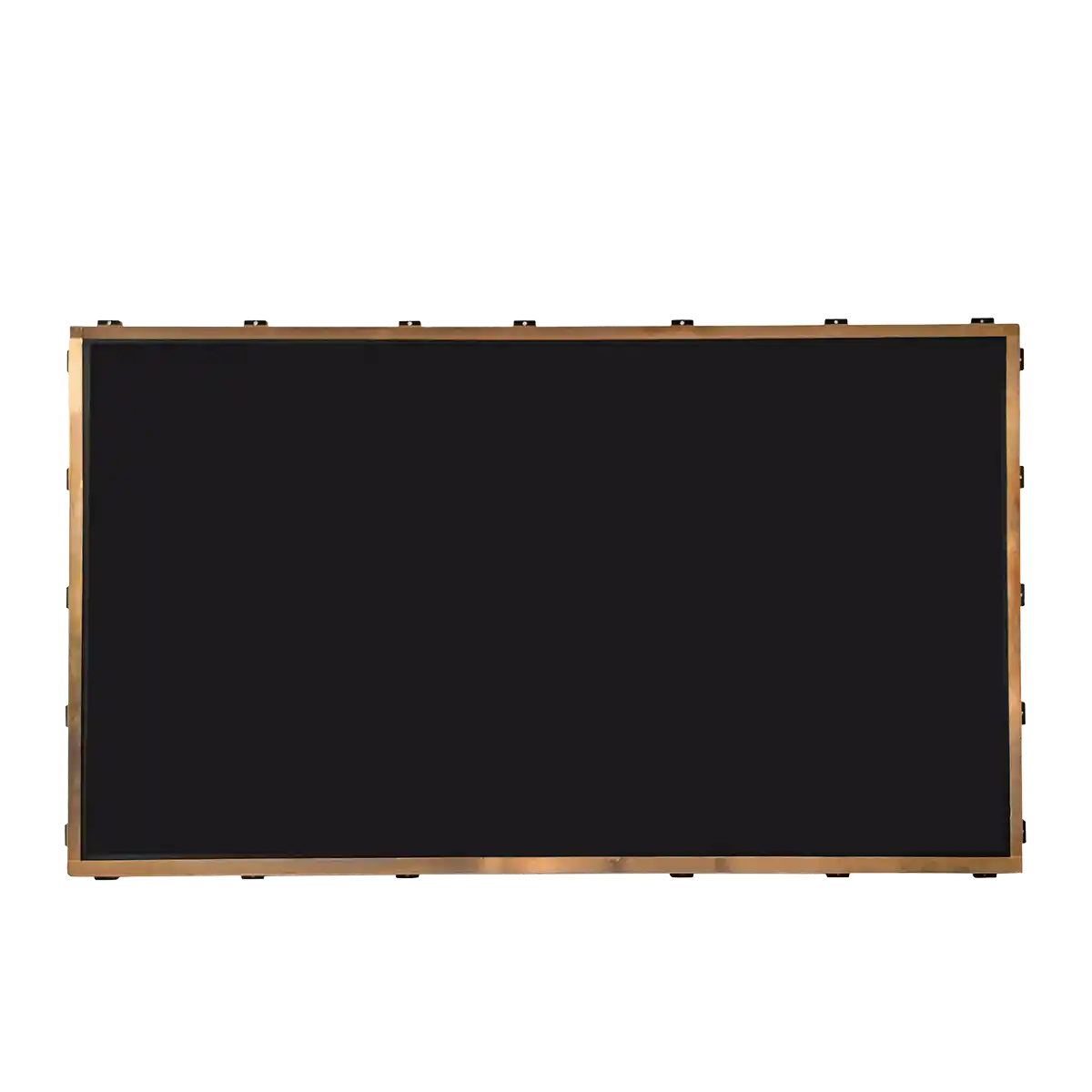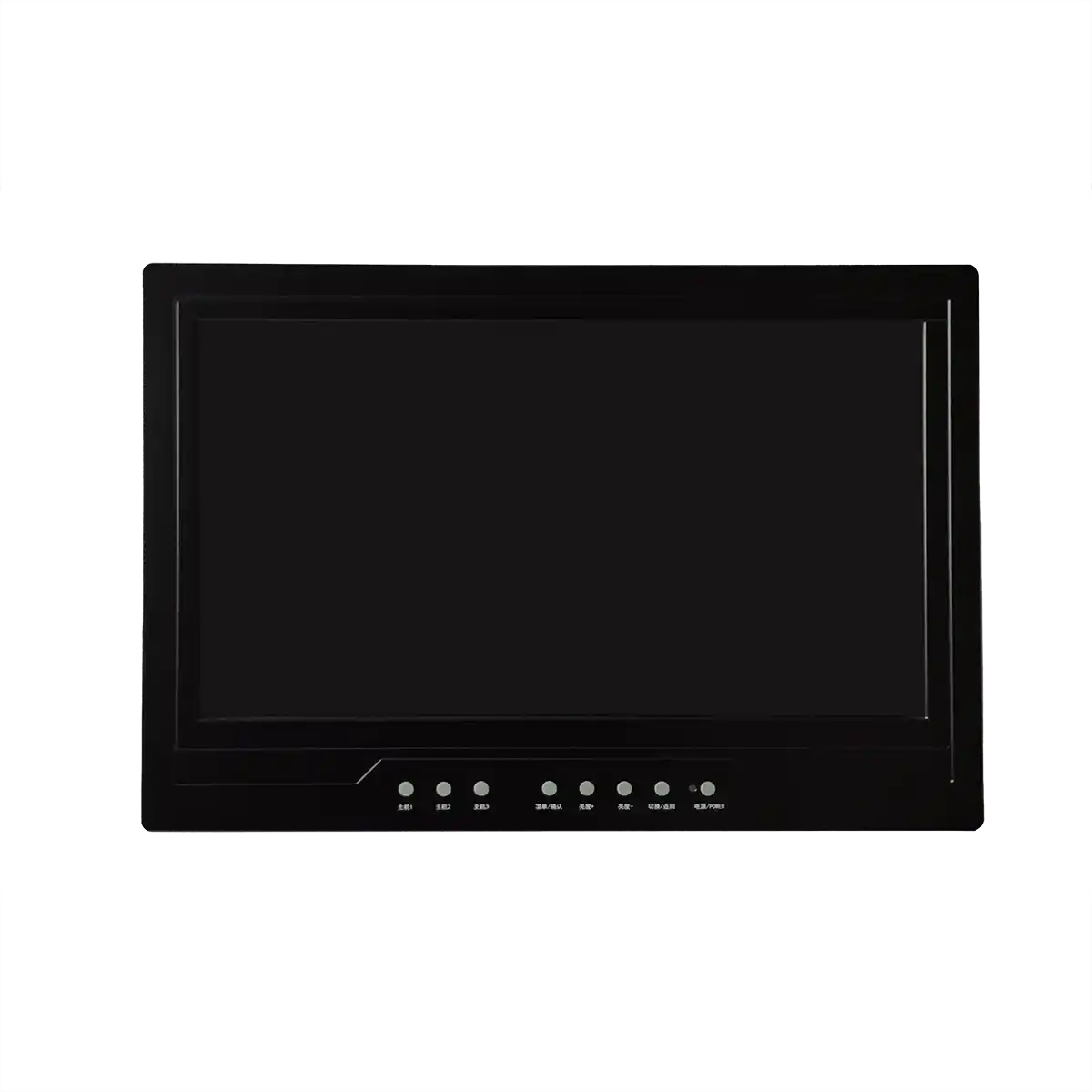Industrial LCD Screens in Medical Equipment: Enhancing User Interface Design
Introduction
In the realm of medical technology, the interface between human and machine is a critical component that can significantly influence the efficiency and safety of patient care. Industrial LCD screens, a specialized type of display technology, have emerged as a pivotal element in this interface, offering high-resolution visuals, durability, and reliability under various operating conditions. As a medical equipment designer, I have witnessed firsthand the transformative impact these screens have had on user interface design, enhancing both the functionality and the user experience.
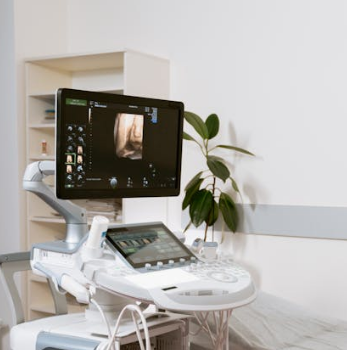
Body
Industrial LCD screens, or Liquid Crystal Displays, are a class of flat panel display technology that utilizes liquid crystals encased between two layers of glass. These crystals can be manipulated to block or allow light through, creating the images we see on the screen. In medical equipment, these screens are engineered to meet stringent requirements for performance and resilience. They must be capable of withstanding the rigorous demands of a clinical environment, including exposure to sterilization processes, fluctuations in temperature, and the need for 24/7 operation.
One of the key advantages of industrial LCD screens in medical applications is their high contrast ratio and brightness levels, which are essential for displaying clear and detailed images, even in brightly lit rooms. This is particularly important for diagnostic imaging equipment, where the clarity of the display can directly impact the accuracy of medical diagnoses.
Moreover, these screens often feature touch capability, which is integrated using technologies such as resistive, capacitive, or infrared touch. Touchscreen interfaces in medical devices not only improve the ease of use but also reduce the risk of cross-contamination compared to traditional button interfaces. The design of these interfaces must take into account the need for gloves to be used in a clinical setting, requiring screens that can accurately register inputs even through thick materials.
Another critical aspect of industrial LCD screens in medical equipment is their ability to display a wide range of colors. This is vital for applications such as endoscopy, where color accuracy can help in identifying abnormalities in tissue. The color reproduction capabilities of these screens are measured by color gamut, which refers to the complete range of color that a device can accurately display.
Conclusion
The integration of industrial LCD screens into medical equipment has significantly advanced the field of healthcare technology. These displays have not only improved the visual quality of medical devices but have also contributed to the overall user experience by offering intuitive, touch-based interfaces that are resilient in the face of the challenges posed by a clinical environment. As technology continues to evolve, the capabilities of industrial LCD screens are expected to expand, further enhancing the precision and effectiveness of medical diagnostics and treatment.
Expansion
Looking ahead, the future of industrial LCD screens in medical equipment is promising. Developments in flexible and curved displays could lead to new form factors for medical devices, potentially allowing for more ergonomic designs that better fit the contours of the human body. Additionally, advancements in augmented reality (AR) and virtual reality (VR) technologies could see industrial LCD screens playing a central role in creating immersive training environments for medical professionals, or in assisting with complex surgical procedures by overlaying vital patient data onto the surgeon's field of view.
Furthermore, as the demand for energy efficiency in medical facilities grows, the development of low-power industrial LCD screens will become increasingly important. These screens will help reduce the overall energy consumption of medical devices, contributing to a greener and more sustainable healthcare industry.
In conclusion, industrial LCD screens are a cornerstone of modern medical equipment design, offering a blend of high performance, reliability, and user-friendliness that is essential for the delivery of quality healthcare. As these technologies continue to advance, they will undoubtedly play an even greater role in shaping the future of medical interface design.
Recommended Articles
-
Are the displays in Tesla's Cyb
2024-12-10 -
Interpretation Report on AUO's
2024-12-05 -
ADS Pro: The Future of Display
2024-12-04 -
The Trajectory of South Korea's
2024-12-04 -
Practical Applications of Indus
2024-09-26 -
Hangzhou LEEHON Technology supp
2024-09-14 -
How to Check for Issues in Indu
2024-09-11 -
How does an LCD screen find ind
2024-09-11 -
What is the difference between
2024-09-11 -
In-depth analysis of the develo
2024-09-10


